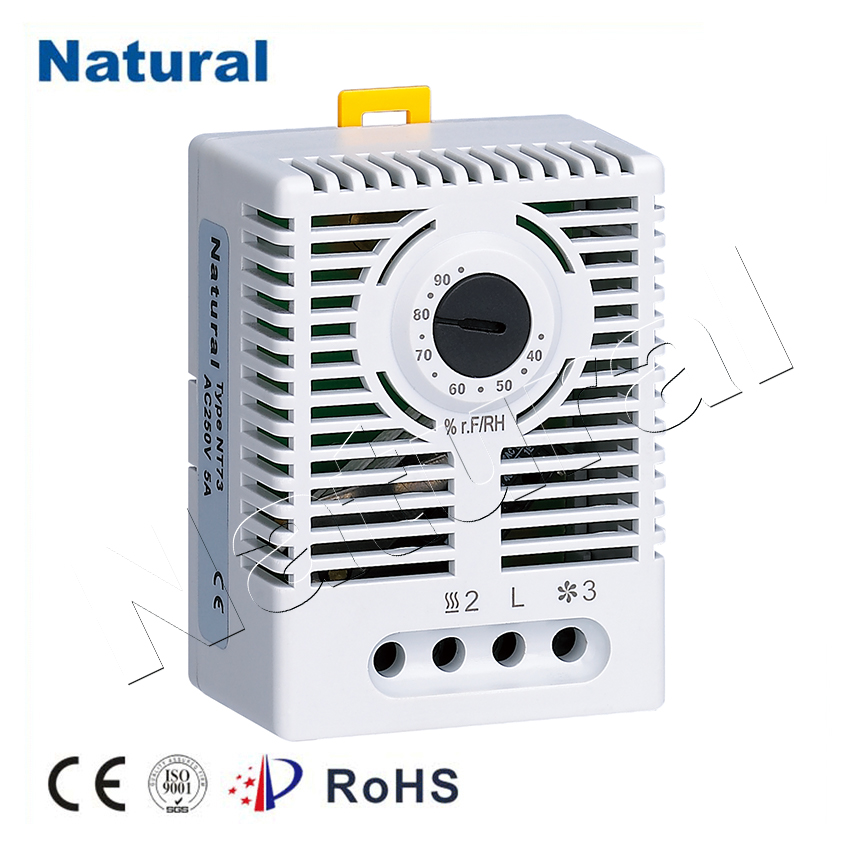文章:

In the pursuit of comfort and control over our environment, the regulation of humidity plays a crucial role. Whether it’s in our homes, offices, or industrial settings, maintaining the right level of humidity is essential for our well-being and the proper functioning of various processes. One indispensable device that aids in achieving this balance is the Mechanical Hygrostat. Understanding the Mechanical Hygrostat A Mechanical Hygrostat is a simple yet effective device designed to control humidity levels in a given space. It operates on the principle of hygroscopy, where certain materials absorb or release moisture depending on the surrounding humidity levels. This mechanical wonder consists of a moisture-sensitive element, typically made of materials like organic fibers or bimetallic strips, which expand or contract in response to humidity changes. How Does It Work? The working mechanism of a Mechanical Hygrostat is elegantly straightforward. As humidity levels rise, the moisture-sensitive element absorbs moisture, causing it to expand. Conversely, when humidity decreases, the element releases moisture and contracts. This expansion and contraction of the element are linked to a switching mechanism that controls connected devices, such as humidifiers or dehumidifiers. Applications of Mechanical Hygrostats Climate Control in Homes: Mechanical Hygrostats are commonly used in household humidifiers and dehumidifiers. They ensure that the indoor humidity remains within the optimal range, preventing problems like dry skin, static electricity, and mold growth. Industrial Settings: In industrial processes where humidity control is critical, such as in pharmaceutical manufacturing or food storage, Mechanical Hygrostats are employed to maintain precise humidity levels to ensure product quality and safety. Greenhouses: Mechanical Hygrostats are used to regulate humidity in greenhouses to create the ideal environment for plant growth. Proper humidity levels can significantly impact crop yield and quality. Museums and Art Galleries: These devices are vital for preserving valuable artworks and historical artifacts. Maintaining the right humidity prevents deterioration and damage to these cultural treasures. Advantages of Mechanical Hygrostats Reliability: Mechanical Hygrostats are known for their durability and reliability. They can withstand harsh environmental conditions and are less prone to electronic malfunctions. Affordability: Compared to their electronic counterparts, Mechanical Hygrostats are often more budget-friendly, making them a practical choice for various applications. Ease of Use: These devices are simple to install and require minimal maintenance. They are perfect for users who prefer a “set it and forget it” approach. Limitations While Mechanical Hygrostats offer numerous advantages, they do have some limitations. They may not provide the same level of precision and customization as electronic hygrostats, which can be programmed to maintain specific humidity levels. Additionally, they may have a slower response time to humidity changes. Conclusion In the world of humidity control, the Mechanical Hygrostat stands as a reliable, cost-effective, and widely used solution. Its ability to maintain optimal humidity levels in various settings, from homes to industrial facilities, demonstrates its versatility and importance. While newer electronic hygrostat technologies have emerged, the Mechanical Hygrostat continues to prove its worth as a dependable tool in the pursuit of environmental comfort and control. As we navigate the challenges of modern living, we can always rely on this mechanical marvel to keep our humidity levels in check, ensuring a healthier and more comfortable atmosphere.